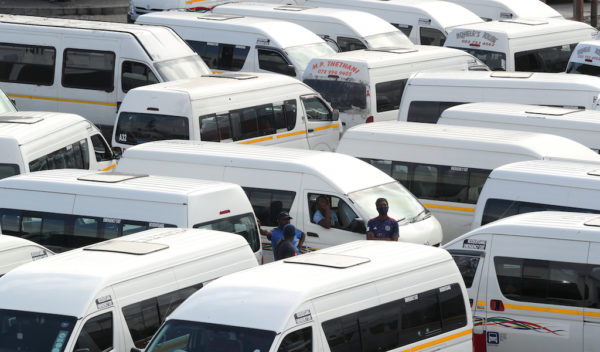Lifestyle
How to avoid infection in public transport

Public transportation is an essential part of urban life, providing convenience and accessibility for millions of people worldwide.
However, it gets risky to travel in one as it is also a breeding ground for germs and infections, especially in densely populated areas.
As we continue to navigate the challenges posed by infectious diseases, it’s crucial to take precautions when using public transport services.
Let’s discuss different ways you can keep yourself free from infections while taking public transport services.
1. Wear a mask everytime you step in a crowded bus or metro
2. Maintain physical distancing
When possible, maintain a safe distance from other passengers. Many public transport systems have designated seating arrangements or floor markers to help with this. Staying at least six feet away from others can significantly reduce the risk of airborne transmission.
3. Use hand sanitizer
Carry a small bottle of hand sanitizer and use it frequently. Apply sanitizer to your hands after touching surfaces like handrails, door handles, or ticket machines. Make it a habit to sanitize your hands before touching your face, especially your eyes, nose, and mouth.
4. Avoid touching your face or mouth
Touching your face with unwashed hands is a common way to introduce germs into your body. Be mindful of this habit, and resist the urge to touch your face during your journey. If you need to scratch an itch or adjust your mask, use a tissue or the inside of your elbow.
5. Avoid eating or drinking in bus or metro
While it’s tempting to grab a snack or a drink during your commute, doing so can increase your chances of infection. Eating or drinking in a confined space like public transportation might require removing your mask, exposing you to potential risks. It’s best to wait until you’ve reached your destination.
6. Opt for contactless payment
Whenever possible, opt for contactless payment methods such as mobile apps or prepaid cards. This minimizes the need to handle cash, tickets, or touch payment terminals, which can harbor germs.
7. Wear gloves
If you’re particularly concerned about contact with surfaces, you can consider using disposable gloves. However, be cautious with their use, as improperly removing gloves can also lead to contamination. Dispose of them properly after use and sanitize your hands immediately.
8. Clean your personal belongings
Regularly clean and disinfect items you bring with you on public transportation, such as your phone, wallet, or bag. These items can pick up germs from surfaces and contribute to the risk of infection.
9. Do not travel in bus or metro if you are not well
If you’re feeling unwell, experiencing symptoms of illness, or have been in close contact with someone who tested positive for a contagious disease, it’s best to avoid using public transport altogether. Stay home, seek medical advice, and consider alternative transportation options if necessary.








